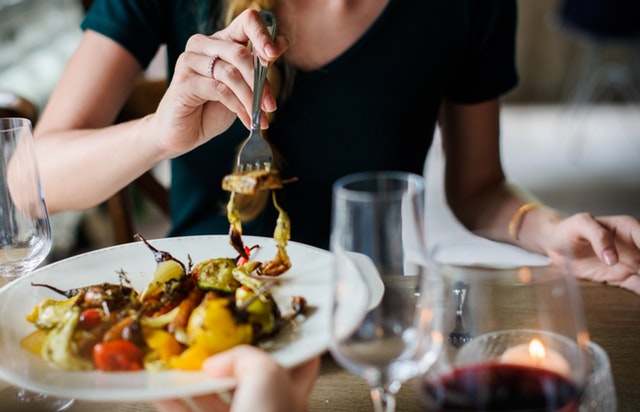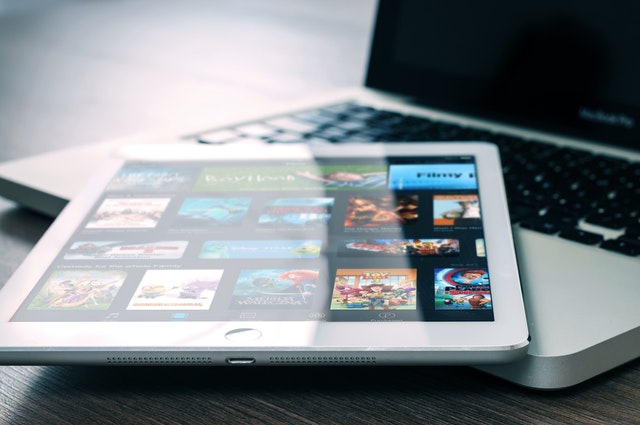Why Eatigo Uses Discounts for Yield Management
 PriceBeam
·
2 minute read
PriceBeam
·
2 minute read

Eatigo was founded in Singapore in 2013, and has since then seated more than 5 million diners and attracted more than 2000 restaurants to its platform. One of the reasons that app has become so popular is its promise that the customer will ‘never pay full price’. That’s right, everyday customers will be able to book a table with up to 50% discount -- and at the very least a 10% discount. Guaranteed.Customers love it. After all, who doesn’t love discounts? But if you dig a little deeper, the main purpose is not pleasing the customers; it’s managing and distributing demand.
Restaurants sell perishable goods. If a seat is left empty, it can’t be stored and sold later -- it’s gone forever, and the fixed costs remain whether it’s sold or not. Therefore, it’s in the interest of restaurants to charge lower prices at off-peak hours, and higher prices during peak-hours.
So why use a discount? It sort of erodes the purpose of a discount if a discount is always offered. Why not lower prices 10% (the minimum discount applied)?
This has to do with the ‘loss aversion’ effect. Consumers react much more strongly to a 10% price increase than they do to not getting a 10% discount. Let me illustrate:
Customer A goes to a restaurant at 19:00 -- right in the middle of the peak hours. He’s told that he can get a table, but all items on the menu will cost him 20% more because of the time he decided to dine there. Customer A would have bought a steak, chips and sauce for $30.00, which now will cost him $36 instead.
Customer B goes to the same restaurant at 19:00, and gets a different menu than Customer A. Here, steak, chips and sauce will set him back $40 -- well, not quite; he shouldn’t forget that he’ll get a 10% discount. What a bargain, huh?
Essentially, Customer A and Customer B end up paying the same price for the meal; $36. But research repeatedly shows that Customer A will perceive the $36 to be a worse deal because it is presented as a price increase, i.e. a loss that he must incur to dine at 19:00.
On the other hand, Customer B is essentially losing as well. But in his case, the loss is not presented as such; it’s presented as a relatively smaller gain, i.e. the discount is smaller (but still there!) because of the time he wishes to dine.
Loss aversion theory states that a person who loses $10 will lose more utility than a person who gets $10 will gain. This is an important behavioural concept for most businesses, so try and keep this in mind next time you look at your pricing!
.png?width=400&height=100&name=PBLogoTransparent%20(1).png)




